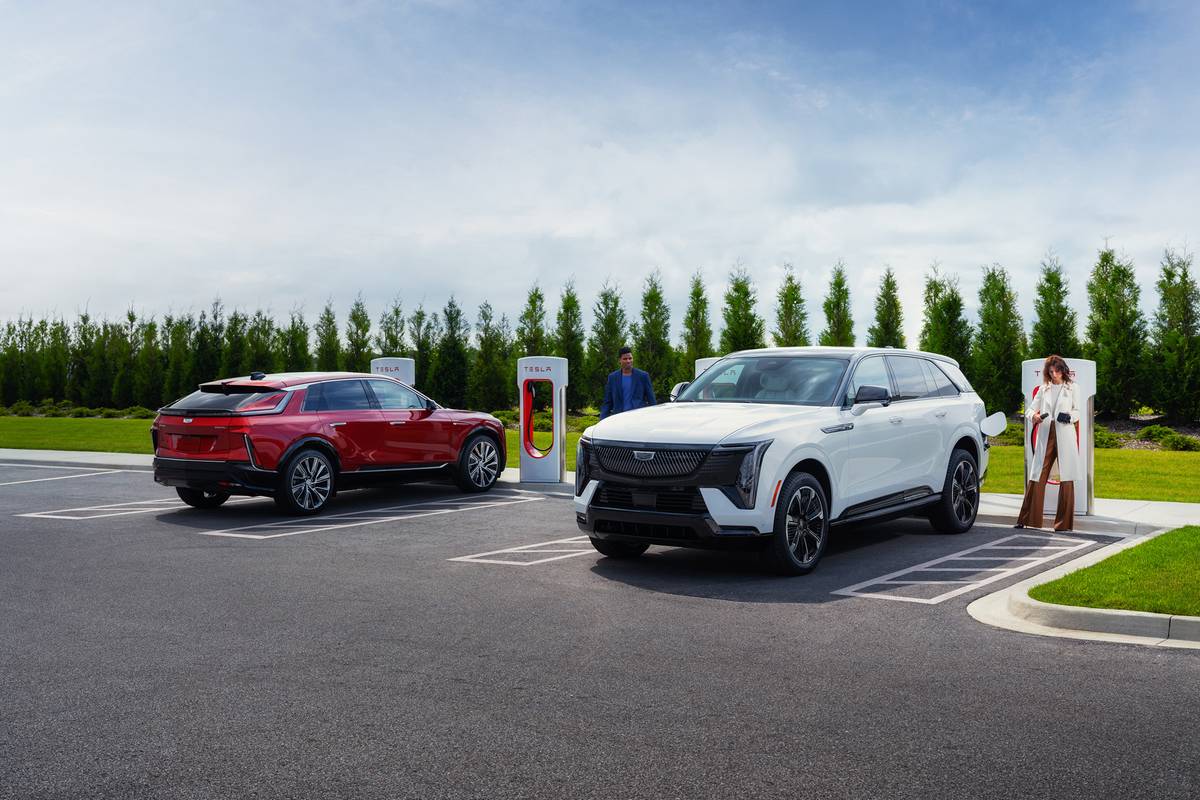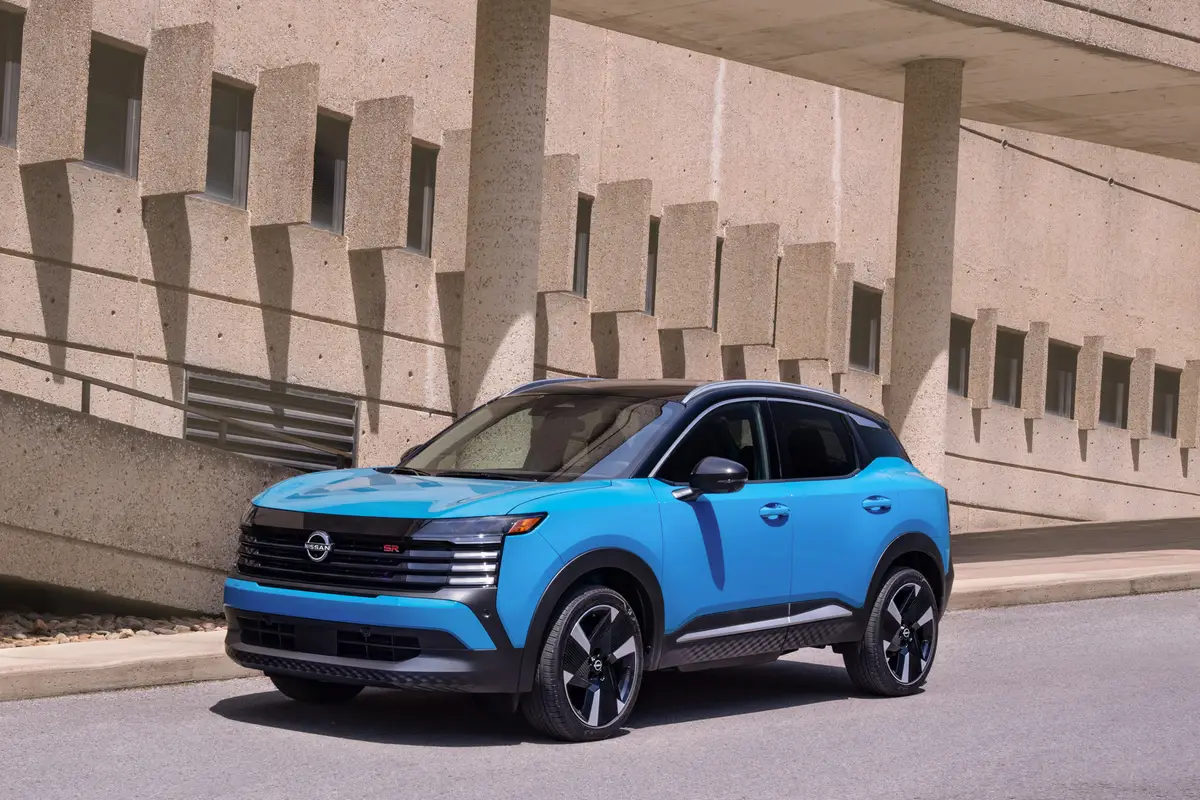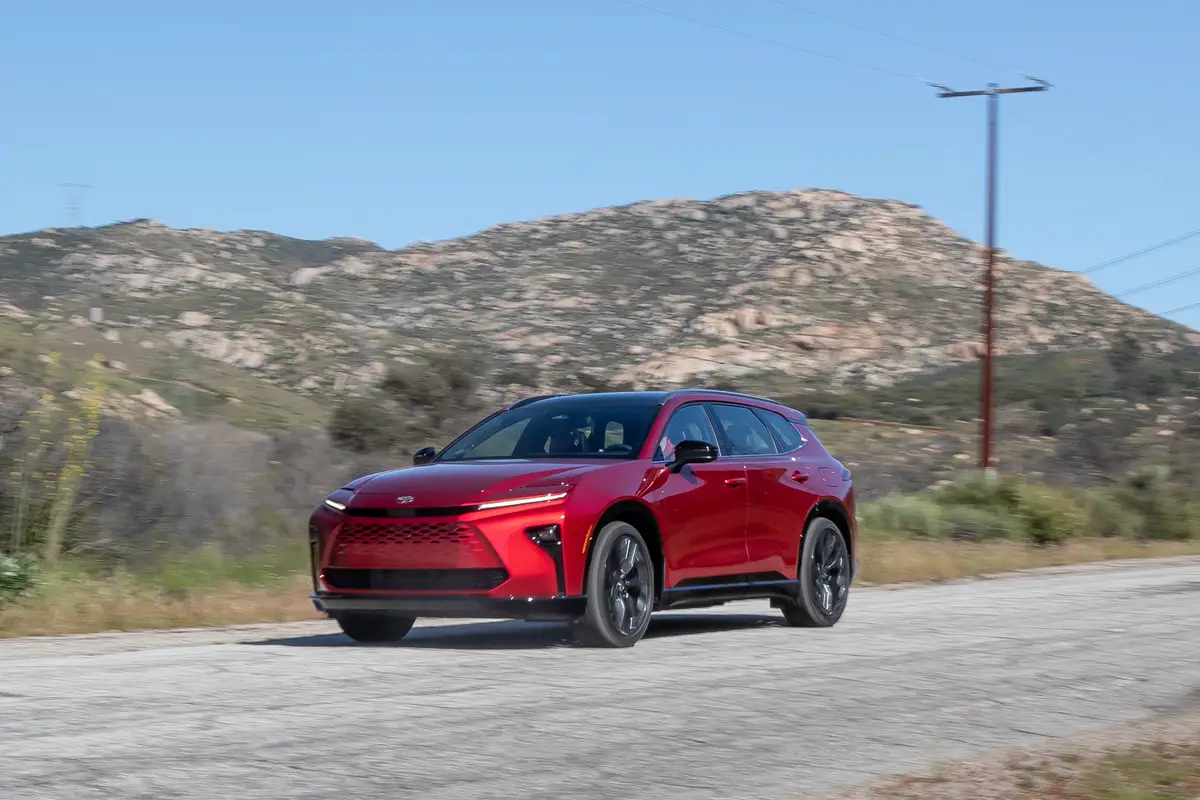chicagotribune.com's view
Based on the belief that a host of antisocial Baby Boomers are harboring a deep-seated desire to drive a vehicle with only two doors, thus making it difficult for others to tag along, Toyota has brought out the Solara coupe for 1999.
The reason Toyota chose 1999 to offer a coupe is simple: Honda has an Accord coupe, and Toyota feared Honda might gain a sale or two at its expense.
Originally, the 1999 Solara coupe was to be called simply that–Solara–though it is built off the same platform as the Camry sedan. But at the last minute, the name was changed to the Camry Solara, the thinking being that if Camry were part of the name, every time Toyota sold a Solara, it would be counted as a Camry in the battle between Toyota and Honda to claim the nation’s best-selling car. At this writing Camry has about a 5,000 lead on the Honda Accord.
It took Toyota about four seconds to realize the bean counters’ idea had merit and so now, whenever a Camry Solara is sold, the folks at Honda cringe.
After testing the Camry Solara SE– hereafter to be called Solara since we don’t have to count ’em–the folks at Honda should cringe. Heck of a car, even if it has only two doors.
Solara has what the Camry sedan lacks, a more distinct and sporty appearance. But what makes Solara a most pleasant machine is the combination of a 3-liter, 200-horsepower V-6 that is spirited yet quiet (same engine as in the Camry sedan), and a suspension system without jitters or jumpiness, lean or sway.
The suspension makes Solara a sports coupe, and not simply a two-door version of the four-door sedan. After driving Solara some distance, you want to get out and pat it on the fender and tell it, “Nice job.”
Of course, the Solara suspension is so nicely designed and tuned, it also makes you want to give Toyota’s chief engineer a whack on the back of the head and ask, “Why couldn’t you do this in the sedan?”
Though it’s a Camry underneath, Solara has increased strut and spring rates as well as stiffer suspension mounts and tighter, quicker steering response than the sedan so it has more of a sports character, the sedan more of a family touring sedan flavor.
As a bonus, the V-6 delivers 20 m.p.g. city/28 m.p.g. highway fuel economy, making it a peppy performer that doesn’t require frequent stops for an energy elixir.
The problem you must overcome with Solara is that, as noted, it has but two doors. Anyone who has ever tried entering or exiting the back seat of a coupe can attest to the fact it is a chore second only to childbirth or passing a kidney stone.
Toyota has taken some of the pain out of rear-seat rigmarole by developing a front seat that automatically slides forward when you press the seat back release handle, and designing a seat belt that hides along the sidewall to keep passengers from tripping as they’re getting into or out of the back seat.
Of course, Toyota could make it even easier to get i n and out if it would do what Saturn has done with its ’99 coupes and add a rear-access door. That’s similar to what automakers did with pickups when they added an extra door or two on extended cabs.
But Toyota folks have told us such a third door was not considered for Solara, so there won’t be one coming.
But the Toyota folks said that although the two-door Solara may have been designed without a third door in mind, it was designed so that a convertible can be added soon.
Have to admit that once you slip into the back seat, Solara is surprisingly roomy, feeling every bit as open as the back seat of the Camry sedan. Head, legs and arms don’t suffer.
Hmm. Perhaps the problem with a lot of coupes isn’t the number of doors, it’s that you can travel in back only in the fetal position without doing yourself bodily harm.
Noteworthy features include dual cupholders that slip out of the back of the center console to serve rear-seat occupants; rear seatbacks that fold flat to add to cargo capacity that is already sizeable thanks to a fairly spacious (but not high) trunk; well-padded front and rear seats with good side support to hold you in place in lateral maneuvers; 16-inch radial tires to hold the car in place in lateral maneuvers without lots of lean and sway; the availability of side-impact air bags housed in the front seats, where they travel with you whenever you move the seat.
The bags run $250 and are optional because a handful of people are scared by air cushions and want to make the bag decision themselves, and because Toyota was able to hold the base price down by $250 by making them optional. (Is that why Toyota made mud guards an $80 option–to keep the base price down?)
Solara starts at $18,638 with its base 2.2-liter, 135-h.p. 4-cylinder with 5-speed manual, $19,438 with 4-speed automatic; and $21,188 with 3-liter V-6 and manual, $21,988 with automatic.
Standard equipment in the front-wheel-drive coupe includes front and rear stabilizer bars/gas-filled shocks/anti-vibration subframe, which helps explain the above-average ride and handling; four-wheel power disc brakes with anti-lock; front seat-belt pretensioners and force limiters to hold you in place in panic braking; integrated front fog lamps; dual color-keyed, power, remote sideview mirrors; energy-absorbing solar glass; power windows and door locks; air conditioning; cruise control; tilt wheel; digital clock; rear window defogger; and remote trunk/fuel lid release.
Two options worth considering are traction control at $300 and a power glass sunroof at $900 (if you can’t wait for the convertible).
>> 1999 Toyota Camry Solara
© 1998 Chicago Tribune Wheelbase: 105.1 inches Length: 190 inches Engine: 3-liter, 200-h.p., 24-valve V-6 Transmission: 4-speed automatic Fuel economy: 20 m.p.g. city/28 m.p.g. highway Base price: $21,988 Price as tested: $25,729. Includes $250 for side-impact air bags; $150 for deluxe sound system with CD player and cassette; $80 for color-keyed mud guards; $540 for keyless entry system; $2,555 for sport upgrade with perforated leather seat trim and steering-wheel cover, eight-way power driver’s seat, 16-inch tires with alloy wheels and spoiler; and $166 for carpet/cargo mats. Add $420 for freight. Pluses: One potent little coupe that actually isn’t so little because it’s a Camry under the Solara badge. Very spacious cabin and especially roomy rear seat room. ABS standard, dual side-impact bags optional. Suspension system provides ride and handling to write home about. Front seats power forward when backs dropped to allow better access to rear. A convertible likely soon. Minuses: Still only two doors and no third or rear access door is planned. Hmm. $80 for mudguards and $166 for floor mats in a $22,000 vehicle? >>
Latest news



